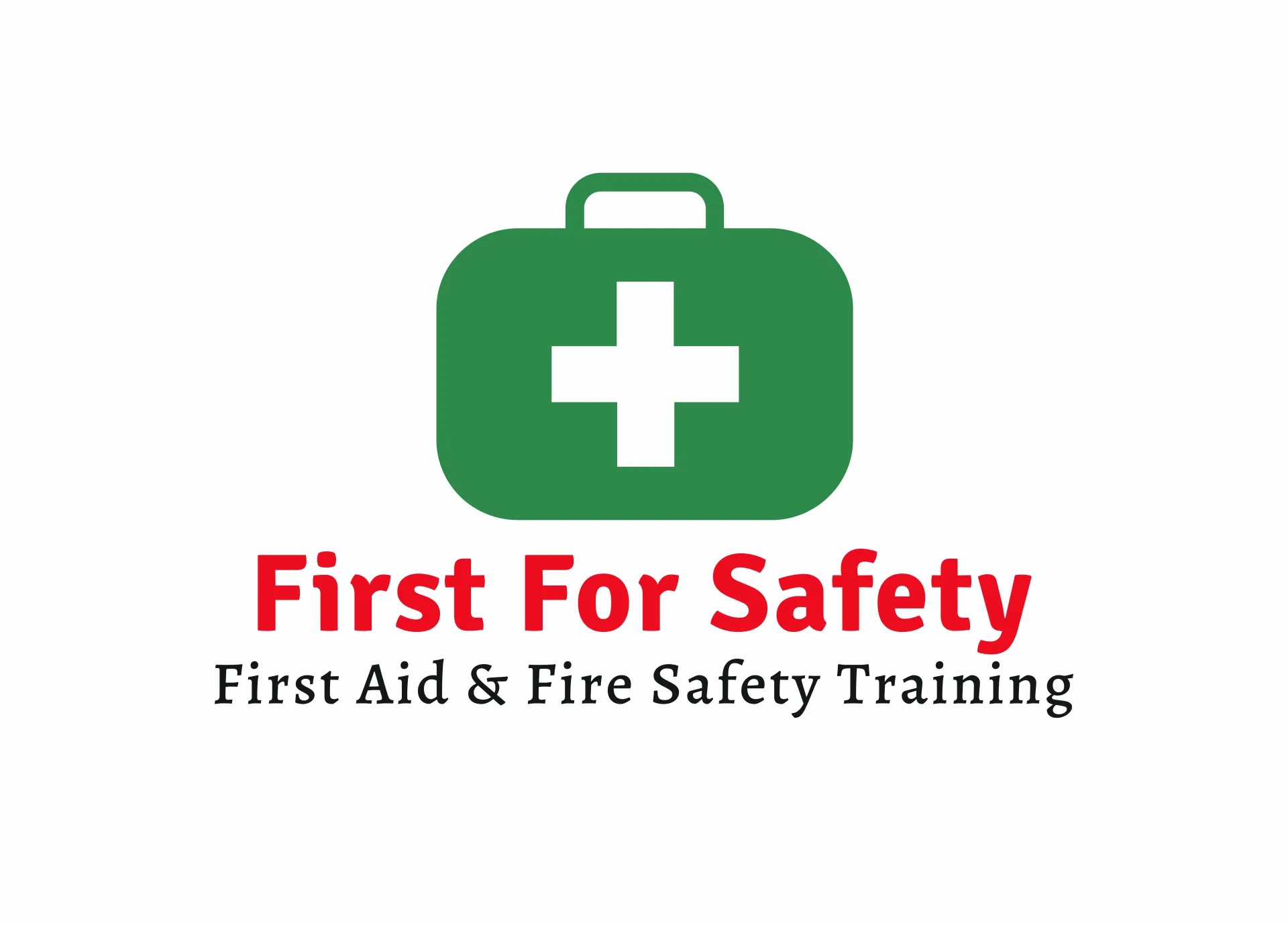


 349,500 Offered Certificates
349,500 Offered Certificates
 24/7 Online Training
24/7 Online Training
 Money Back Guarantee
Money Back Guarantee
 Fully Accredited Courses
Fully Accredited Courses

Created at: 25-02-2025 15:17
Workplace safety is a fundamental concern for any organization. As a business owner, HR manager, or health and safety officer, it is your responsibility to ensure the safety of your employees. One effective way to enhance workplace safety is by implementing comprehensive First Aid and CPR training. This training not only equips your employees with essential skills but also reinforces a culture of preparedness and safety in your workplace.
Every workplace is susceptible to accidents, and having trained personnel can mean the difference between a minor incident and a life-threatening situation. First Aid training prepares employees to act swiftly and efficiently, providing immediate assistance until professional medical help arrives.
Cardiopulmonary resuscitation (CPR) is a critical skill everyone should acquire. Understanding CPR techniques can prepare employees to save lives in emergencies such as heart attacks or choking incidents. The basic steps of CPR include the following:
Regular training ensures that employees remain familiar with these techniques and are prepared to act decisively in critical moments.
Regulatory requirements vary by location, but many regions mandate that businesses provide First Aid training to a certain percentage of their staff. Ensuring compliance not only avoids legal ramifications but also enhances the overall safety fabric of the organization.
Completing a Basic First Aid Course empowers employees with the skills necessary to manage various emergency scenarios, including:
Training prepares employees for real-life situations, making them invaluable assets during emergencies.
When considering First Aid Courses, select programs that align with your workplace needs. Look for:
Both formats have distinct advantages:
Consider your workforce's learning preferences to determine the best format to maximize engagement and retention.
Investing in First Aid and CPR training is an investment in your workplace’s safety and your employees’ well-being. Don’t leave safety to chance; ensure your team is empowered with the skills they need to respond effectively in an emergency.
Ready to enhance your workplace safety? Enroll in a certified First Aid & CPR training course today or email us at [email protected] for more information!